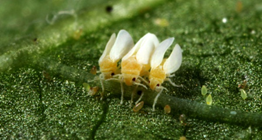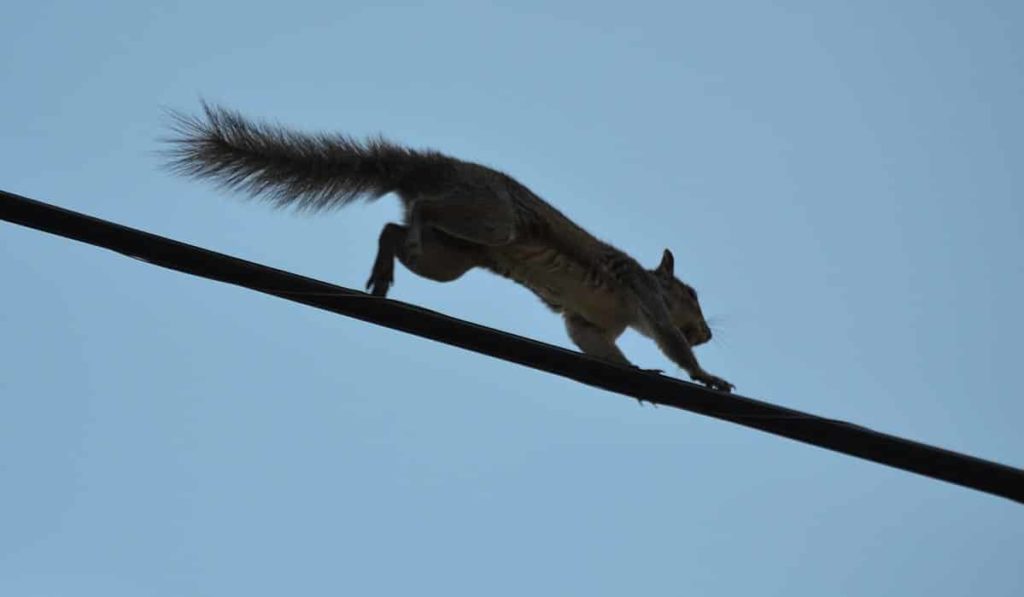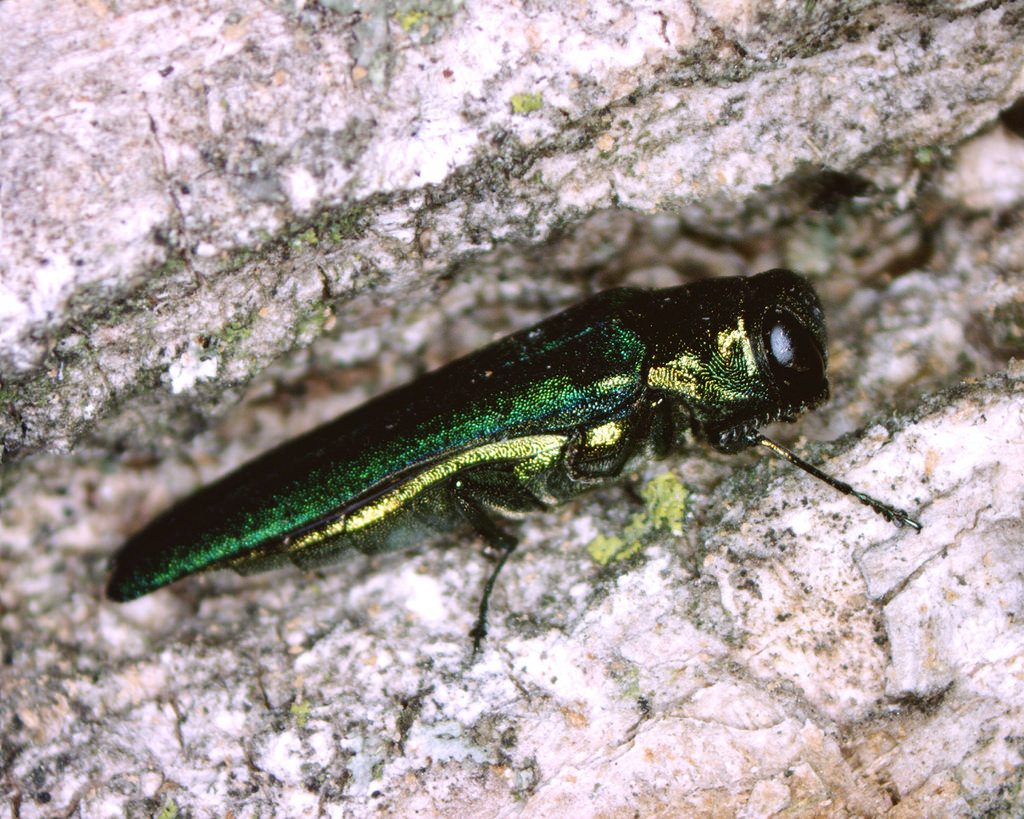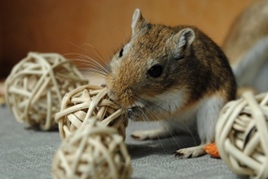The nutria invasion of California continues.

Native to South America, nutria is now found in at least 40 states and three Canadian provinces, and in Europe, Asia, and Africa, thanks to the booming fur trade at the end of the 1890s. The word nutria refers to the animal’s pelt and has been adopted to denote the species in the states. Elsewhere they are called coypu, an Ancient Greek interpretation meaning beaver rat. The critters also are called river rats. They migrate via rivers.
As long as there is water nearby, nutria will hang around. They live in burrows that have openings below the water surface. They are semi-aquatic, wetland-dwelling rodents. They are omnivorous mammals, eating mainly vegetation and small creatures like snails and mussels.
Nutria can grow to 2 1/2-feet long, not counting their tail, weigh from 12 to 20 pounds and live up to 10 years.
Their most notable feature is their orange incisors.
However, the bad news about these animals quickly came to light. They can eat a quarter of their body weight in plant matter every day. They eat leaves, stems, and roots. Their voracious eating habits destroy wetlands vegetation, land crops, and residential lawns and gardens.
Their burrowing causes major erosion and eventual damage to natural and public flood control systems, banks and levees.
That’s not all, they are incredibly prolific. The female can have two to three litters a year, giving birth to five to 13 young each litter.
This invasive 20-pound rodent could devastate California’s agriculture industry
Jaymi Heimbuch │March 18, 2019

Nutria are already an invasive species wreaking havoc in Louisiana, Oregon, and Maryland. They can quickly turn a wetland into a mudflat as they chomp down on plants. So when the species was spotted in Merced County, California, in March of 2017, officials knew exactly how worried they should be.
“They can consume up to 25% of their body weight in above- and below-ground vegetation each day, but they waste and destroy up to 10 times as much, causing extensive damage to the native plant community and soil structure, as well as significant losses to nearby agricultural crops,” notes the California Department of Fish and Wildlife (CDFW).
Nutria have enormous potential not only to damage the infrastructure critical to delivering water to cities and farms, but they also threaten wetlands and riparian habitat as well as existing restoration projects. They can carry tuberculosis, septicemia, tapeworm and other parasites that can contaminate water supplies. They are certainly not a welcome visitor, and they can quickly become an expensive problem.
“Within five years, the state estimates there could be nearly a quarter million nutria chewing up California’s endangered wetlands,” reports The Sacramento Bee.
As of February, 386 nutria have been found by CDFW, up from 20 nutria a year ago.
$1.9 Million to Be Spent on Ridding California Marshlands of Giant Rodents
February 16, 2019, By Los Angeles Times
For more than a year, giant rodent invaders with orange-hued teeth have munched through California’s marshland, threatening significant damage to the state’s wetlands and water infrastructure.
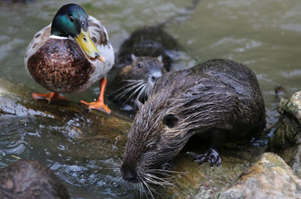
Nutria — large, web-footed mammals native to South America that resemble beavers — showed up in Merced County in 2017, alarming wildlife officials with their propensity to quickly reproduce, their voracious appetite for vegetation and their ability to destroy underground infrastructure.
Nutria populations not only destroy the state’s already diminished wetlands by consuming vegetation, but also burrow into the ground, potentially damaging irrigation canals and levees. This poses a risk to the state’s drinking water supply and could expose communities and farm fields to flooding, said Peter Tira, a spokesman for the California Department of Fish and Wildlife.
Combirepel™, a C Tech Corporation’s product is an anti-rodent aversive repellent which repels rodents and thus prevents the nuisance caused by them. This product acts through a series of highly developed intricate mechanisms ensuring that rodents are kept away from the target application.
This innovative product is available in masterbatch form, which can be incorporated within the tubes, pipes, agricultural films, wires, and cables, etc. The product does not leach out from the polymer matrix, thus preventing soil pollution.
The product in form of liquid concentrate can be mixed with paints and be applied on the interior and exterior of the houses, already installed wires and cables, pipes, house fencing, etc. to keep nutria away from human areas.
Our product in lacquer form can be coated over wooden fences around wetlands, tree guards, and on a variety of surfaces like metals, concrete, polymer, ceramic, etc. which would ensure complete protection against these creatures.
Our product provides a safe and environmentally friendly solution to avoid rodent infestation!
If you are facing nuisance caused by rodents or insects, write about it to us at technical.marketing@ctechcorporation.com
Also, visit our websites:
http://www.ctechcorporation.com/
http://www.rodrepel.com/
http://www.termirepel.com/
http://www.combirepel.com/
Follow our Facebook pages at:
1] https://www.facebook.com/Combirepel-411710912249274/
2] https://www.facebook.com/Termirepel-104225413091251/
3] https://www.facebook.com/Rodrepel-120734974768048/
Follow us on our Twitter pages at:
1] https://twitter.com/rodrepel
2] https://twitter.com/termirepel
3] https://twitter.com/combirepel


